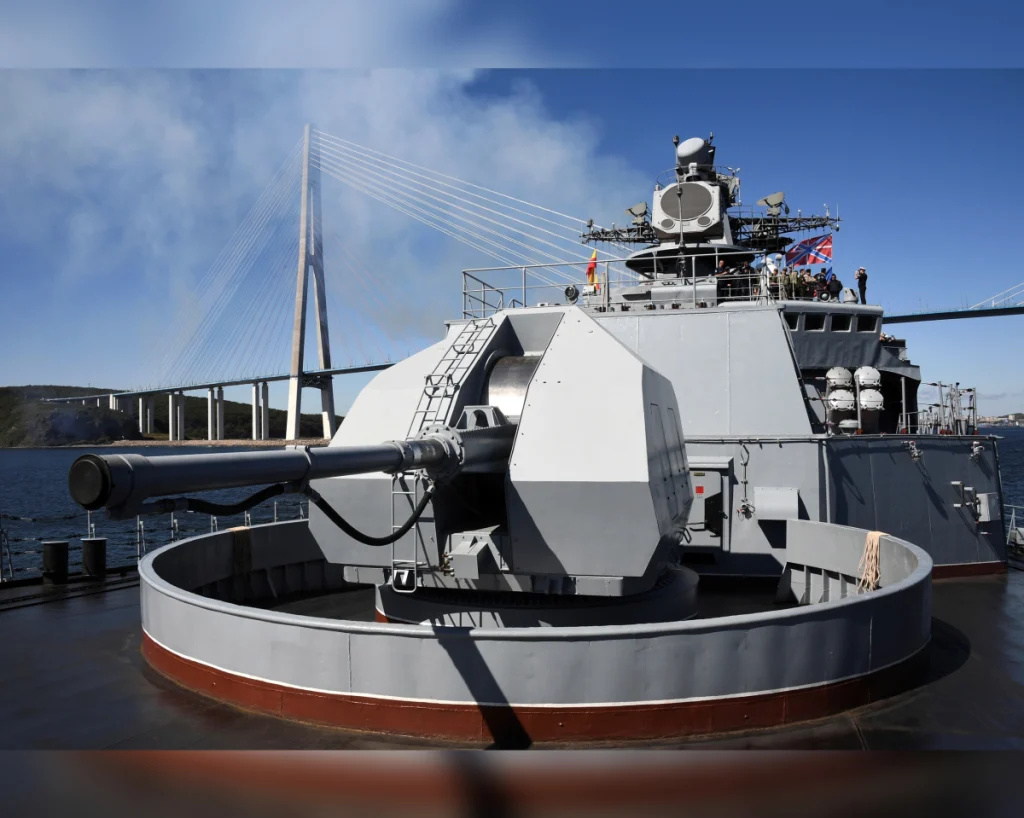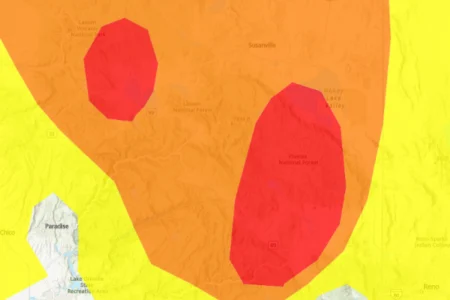Russia’s Naval Presence Near Japan Raises Security Concerns
In a notable display of military activity, Japan recently detected Russian warships navigating through its territorial waters as part of Moscow’s “long-distance” naval mission in the Asia-Pacific region. Between Sunday and Monday, three Russian vessels sailed between the Japanese islands of Yonaguni and Iriomote near Taiwan, moving from the East China Sea southward to the Philippine Sea. These same vessels had previously been observed passing between Japan and the Korean Peninsula via the Tsushima Strait as they traveled from the Sea of Japan toward the East China Sea. The Japanese Defense Ministry identified these ships as the frigate Marshal Shaposhnikov, the corvette Gremyashchy, and a replenishment vessel, which have been under Japanese military surveillance since early October. According to Russia’s Pacific Fleet, these vessels departed from Vladivostok on October 2 for an extended deployment throughout the Asia-Pacific region, with plans to make several unspecified foreign port calls and conduct military exercises.
This naval activity occurs against a backdrop of increasing security concerns for Japan, which explicitly named Russia as a security threat in its 2025 defense white paper. The document highlighted Russia’s ongoing military activities near Japanese territory and its tendency to deploy advanced military equipment in the Far East. Of particular concern to Japanese officials is Russia’s strategic partnership with China, which President Vladimir Putin once characterized as a “partnership without limits.” This relationship represents a formidable challenge to the regional security architecture that Japan and the United States have carefully constructed over decades. The Russian intelligence ship Kareliya was also tracked by the Japanese military as it traveled from the Sea of Japan to the Philippine Sea via the strategically important Miyako Strait, which connects the East China Sea with the Philippine Sea, though it remains unclear whether this vessel was deployed in support of the larger Asia-Pacific mission.
The strategic significance of these movements cannot be overstated. Japan forms a critical component of America’s island chain strategy in the western Pacific, which aims to project U.S. military power alongside allies to deter potential Chinese and Russian aggression. This strategy envisions two north-south defensive lines that effectively serve as a containment mechanism against rival powers. Russian naval vessels, including missile cruisers serving as flagships and submarines capable of launching nuclear missiles, regularly transit near Japan as they deploy from and return to their home ports in Russia’s Far East. These movements serve multiple purposes for Russia: demonstrating military capabilities, testing Japanese and American response times, collecting intelligence, and reinforcing Russia’s presence in a region where it seeks to maintain influence despite economic and diplomatic challenges.
For Japan, these developments represent a complex security challenge that requires careful calibration of its defense posture. The country has been gradually increasing its defense spending and capabilities in response to the evolving security environment, particularly the dual challenges posed by China’s territorial assertions and Russia’s military activities. Prime Minister Fumio Kishida’s government has committed to strengthening Japan’s defensive capabilities while maintaining its constitutional constraints on military operations. The close alignment between Russia and China presents a particularly concerning scenario for Japanese defense planners, who must now contend with potential coordinated actions between two major powers with significant naval and air capabilities. The Russian Pacific Fleet’s press office characterized the current deployment as fulfilling “missions in the Asia-Pacific region,” deliberately vague language that leaves open a wide range of possible activities.
The United States, as Japan’s primary security ally, watches these developments closely. The U.S.-Japan security alliance remains the cornerstone of America’s Indo-Pacific strategy, and Russian naval maneuvers near Japanese territory indirectly test this relationship. American naval and air assets routinely conduct freedom of navigation operations in the region and participate in joint exercises with Japan and other allies to demonstrate commitment and readiness. However, with U.S. military attention divided between multiple global hotspots, including ongoing conflicts in Europe and the Middle East, there are concerns about America’s capacity to fully address all security challenges in the Indo-Pacific simultaneously. This reality underscores the importance of Japan’s own defensive capabilities and its partnerships with other regional powers, including Australia, India, and select Southeast Asian nations.
As this Russian naval deployment continues, regional observers will closely monitor its scope, duration, and activities. The Russian vessels’ ultimate destinations and the nature of any exercises they conduct will provide important indications of Moscow’s strategic intentions in the Asia-Pacific. Similarly, the response from Japan, the United States, and other regional powers will demonstrate the resilience of the existing security architecture. While routine in some respects—Russian vessels have conducted similar deployments in the past—the current mission takes place amid heightened global tensions and Russia’s ongoing war in Ukraine, which has dramatically altered Moscow’s international standing and relationships. The deployment serves as a reminder that despite being preoccupied with its European conflict, Russia maintains global ambitions and continues to view the Asia-Pacific region as strategically vital to its interests, particularly as it deepens its relationship with China as a counterweight to Western influence and power.















